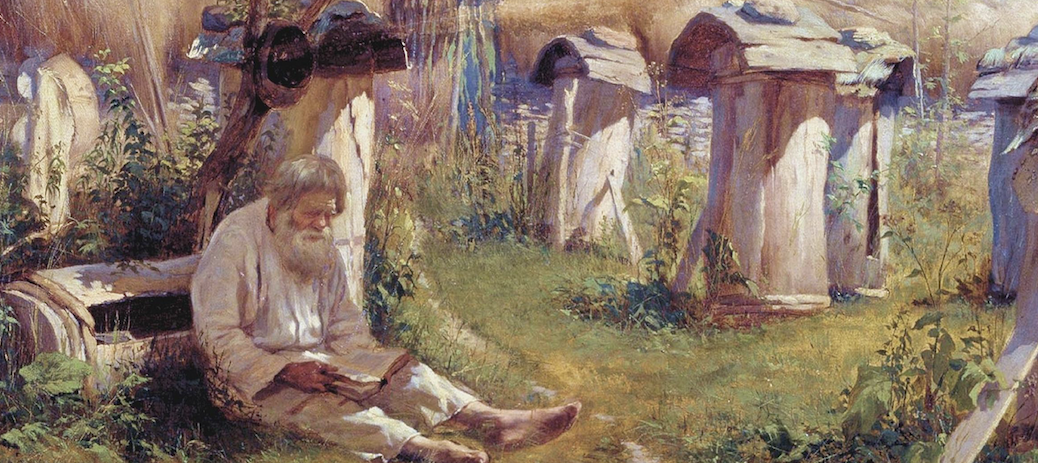Nectar
Nectar is the raw material for honey and is what the bees collect from flowers. It consists mainly of an aqueous solution of sugars, nitrogen compounds, minerals, organic acids, vitamins and aromatic substances. Sugars and water make up the bulk, with 1% or 2% containing the remaining ingredients.
Sugars
The three main sugars present in nectars are:
- Sucrose;
- Glucose;
- Fructose.
Nectars from different flower species vary both in the concentrations of total sugars, which may be anywhere in the range of 5-80%, and in the proportions of the different sugars present. The total sugar content of a nectar can be analysed and the amounts, types and proportions of the different sugars present can be quantified; together they are known as the sugar spectrum of a nectar. Plant species and sometimes plant families can be characterised by their sugar spectra. Honeybees are quite fussy about the nectars they will gather and it is thought that they are not only influenced by the concentration of total sugar, but are also interested in aspects of the sugar spectrum of a nectar. It is thought that they prefer a mixture of sugars rather than a single type.
The rest
- Nitrogen compounds including: amino acids e.g. proline, glutamic acid and lysine; proteins (including some enzymes and hormones of plant origin) and amides.
- Minerals include: potassium, sulphur, calcium, chlorine and iron.
- Honey tends to be slightly acidic. Organic acids include: acetic, butyric, gluconic, malic, succinic.
- Vitamins include: thiamine, riboflavin, pyridoxine, nicotinic acid, pantothenic acid, folic acid, biotin, meso-inositol and ascorbic acid or ‘vitamin C’.
- Nectar also contains some pollen and more is added and ingested by the bees who are of course covered in the stuff. There may also be spores and microorganisms some of which are harmless and some of which are not.
- Some nectars also contain substances that stop pollen from germinating and may also contain things that are harmful to bees or humans or both.
Nectar to Honey
J.W.White in The Hive and the HoneyBee says “to know the composition of nectar we need only to examine the contents of honey the only difference being the water content and the inversion of sucrose” if so, the converse must also apply and honey contains what nectar contains but without the water.
Honey is what bees make from nectar to store in honeycomb for use as food. Before it can be stored, the water content must be reduced to 20% or less to prevent fermentation. However, dehydration is not the only process involved in the production of honey. In addition the bees make chemical changes via the use of several interesting enzymes and here things get complicated…
Copyright © Beespoke.info, 2014. All Rights Reserved.
